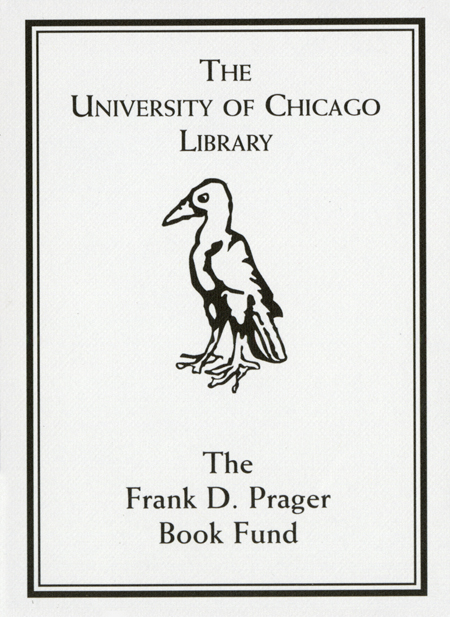The earliest wheel finds, their archaeology and Indo-European terminology in time and space, and early migrations around the Caucasus /
Saved in:
| Author / Creator: | Holm, Hans J. J. G., author. |
|---|---|
| Imprint: | Budapest : Archaeolingua Alapítvány, 2019. |
| Description: | 148 pages ; 24 cm. |
| Language: | English |
| Series: | Archaeolingua. Series minor ; 43 Archaeolingua. Series minor ; 43. |
| Subject: | |
| Format: | Print Book |
| URL for this record: | http://pi.lib.uchicago.edu/1001/cat/bib/12552163 |
Table of Contents:
- Editorial preface
- 1. Introduction
- 2. The archaeological attestations-times, types, and topology
- 2.1. Evidence-categories and their symbols
- 2.2. Types of oldest wheel constructions
- 2.3. The scatter of the datings
- 2.4. Some representative finds in chronological order
- 3. Wheels, wains, and words
- 3.1. Palaeolinguistics
- 3.2. The attestations for 'wheel' terms detailed-Fig. 3
- 3.2.1. Based on the verbal root PIE *k w elh 1 - 'to move, become, lead, bend, revolve'
- 3.2.2. The verbal root PIE *d h reg h 'to drag'
- 3.2.3. The verbal root PIE *ret- 'to run'
- 3.2.4. The noun PIE *h 3 neb h - 'navel' > *h 3 neb h - > Old Arm. &revmipa;$$$ - 'hub'
- 3.2.5. The verbal root PIE *h 2 werg- 'to turn'
- 3.3. Criticism of palaeolinguistics
- 4. Computed Indo-European dispersal
- 4.1. Criticism
- 4.2. Computed histories of PIE dispersal
- 4.2.1. Lexicostatistical approaches
- 4.2.2. Glottochronological (GC) approaches
- 5. Combining archaeology, linguistics, and glottochronology
- 5.1. The first split
- 5.2. The second partition in time
- 5.3. Partitions after 3500 BC
- 6. The wheel finds and two debated questions
- 6.1. The segregation of the later IE Anatolians and Tocharians
- 6.1.1. The route around the western Black Sea
- 6.1.2. The route around or across the Caucasus
- Undivided state of Pre-Anatolo-Tocharians
- Contacts with the South
- Dispersal south of the Caucasus c. 2950 BC
- First wheel finds around the Caucasus
- Innovated wheel terms
- 6.2. The development of wheeled transport in general
- 7. Conclusion and outlook
- Acknowledgements
- 8. References to the main text
- 9. Finds Table: Representative Eurasian wheel finds in the fifth to third millennia BCE
- How to read the table
- 10. References to the Finds Table
- Fig. la. Spindle whorl, Arbon-Bleiche
- Fig. lb. Prestige mace, Wenningstedt
- Fig. 2. Map: chronological, geographical, and typological distribution of wheel rinds
- Fig. 3. Main Indo-European wheeled transport terminology, focused on geography and relationships
- Fig. 4. Computed possibilities of Indo-European dispersal
- Fig. 5. Indo-European tree in standard display with wheel finds and designations
- Fig. 6. Eastern splits detailed


